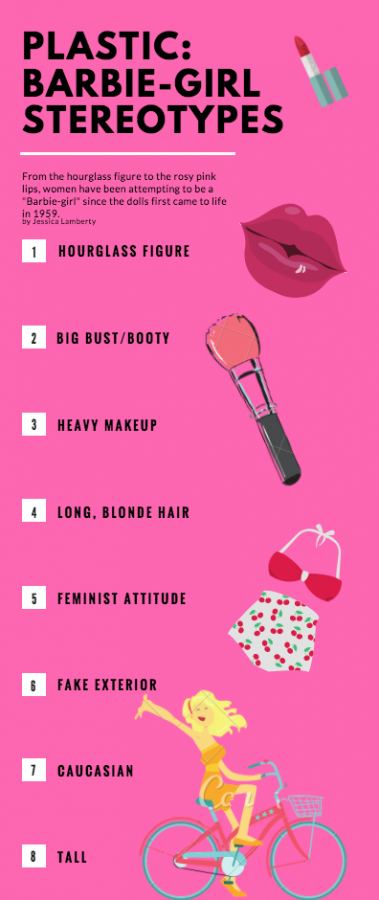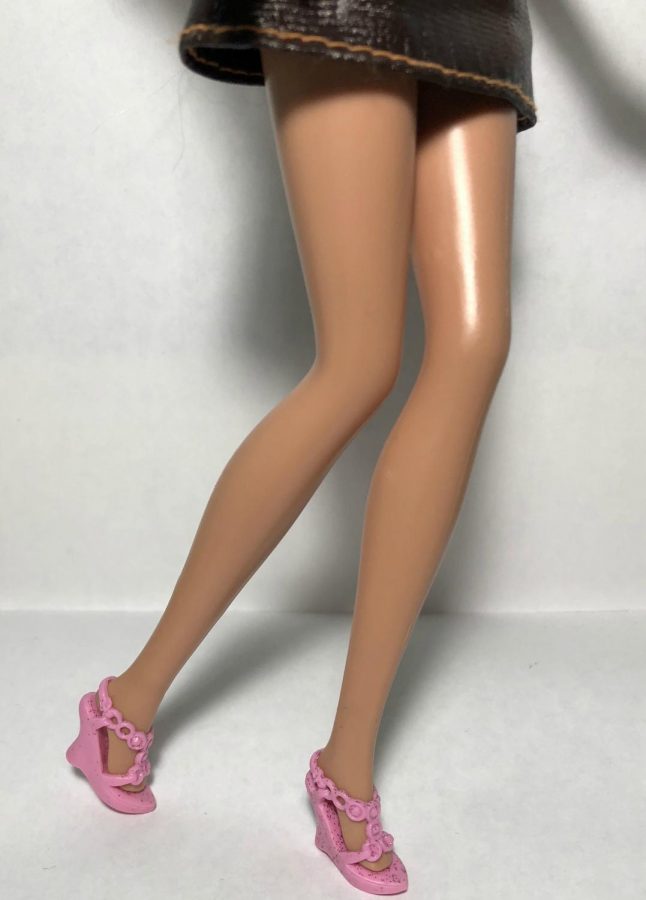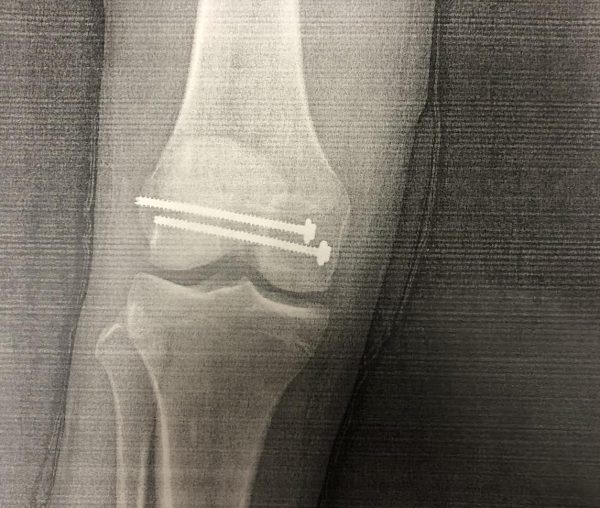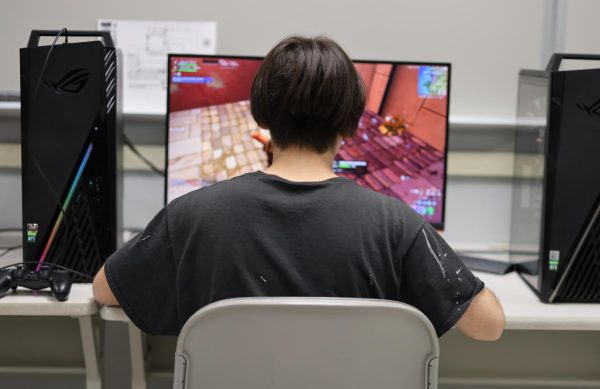Plastic: Barbie Girl Stereotypes
From the hourglass figure to the rosy pink lips, women have been attempting to be a “Barbie Girl” since the dolls first came to life in 1959.
More stories from Alex Knight
Women all over the world celebrate their beauty in different ways. For some Americans, the beauty standard is set by the infamous Barbie doll.
While there is nothing wrong with being a “Barbie Girl,” some women find it difficult to live up the stereotypes that the Barbie doll sets. Here are a few of the features that some women think of when being considered a Barbie.
The “Hourglass” Figure:
The original Barbie body was curvy but petite. Having a small body with curves in the right spots is an eye-catcher and all eyes are supposed to be on Barbie.
Heavy Makeup:
Real life Barbie, Valeria Lukyanova, believes that makeup is not a Barbie feature, but rather an everyday past time.
Her entire process takes about an hour and a half, but she doesn’t mind because she says without makeup many people would just spend the whole day lying in bed doing nothing.
Big Bust & Booty:
Barbies are known to have big bust and booty because they have the “perfect” body.
“[When called a Barbie] my first thought is that they are referring to me as a plastic doll with a big bust and blonde hair,” senior Megan Nielsen said.
Long, Blonde Hair:
The original Barbie has the long, blonde, healthy hair because blonde has the stereotype of being stupid, but still fun. “Dumb Blondes” tend to be looked at as if they lack intelligence and can not do things of their own. They are portrayed as followers.
Tall, Model Material:
Not all Barbies are tall, but the original Barbie had the long legs just like the Victoria Secret models today. Models are typically 5’9” with long gorgeous long legs. When they all stand together with their heels on, they are about the same length and height.
Caucasian:
The original Barbie, who was made in 1959, was Caucasian because that the ideal woman they wanted to have back then. The new curvy, different body type Barbies were not made until 2016… 57 years later.
Fake, Ditsy Personality:
A lot of people also see a Barbie as someone with a fake, aloof personality.
“[I picture a Barbie] white with blonde hair and a really perfect body,” senior Cira Palma said. “But also fake because no one can be that perfect, everyone has their flaws.”
But it is not all that bad. Some people take the nickname Barbie as a compliment.
“I think it is a compliment,” Nielsen said. “Barbie is perfect; perfect skin, blonde hair and she has the perfect boyfriend, Ken.” Nielsen said.
Other women disagree.
“Barbie is really pretty,” Palma said. “However, I think they are fake so I take it into a context as if I’m fake as well.”
Whether being a Barbie means fitting the stereotypes or having a perfect life, it is not always a bad thing. Some girls embrace their inner-barbie girl and enjoy the compliments when given.












